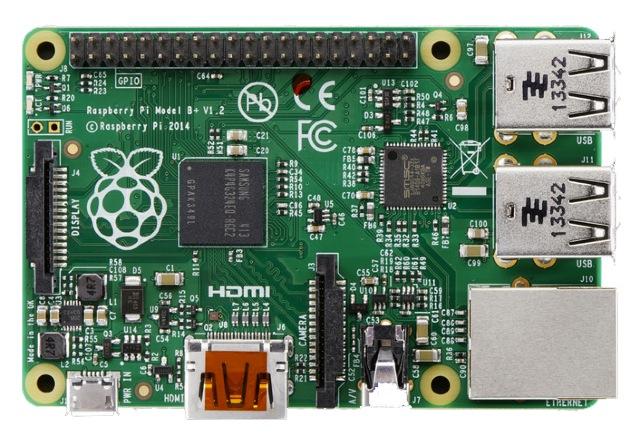State of the Art: The New Incredible PBX Security Model for Asterisk
About once a year, we try to shine the spotlight on Asterisk® security in hopes of saving lots of organizations and individuals a little bit (or a lot) of money. The problem with open source phone systems is they’re open source phone systems. So the bad guys can figure out how they work just like the good guys. That’s not to suggest that proprietary phone systems are any more secure. They’re not. It just may take the bad guys a… Read More ›



